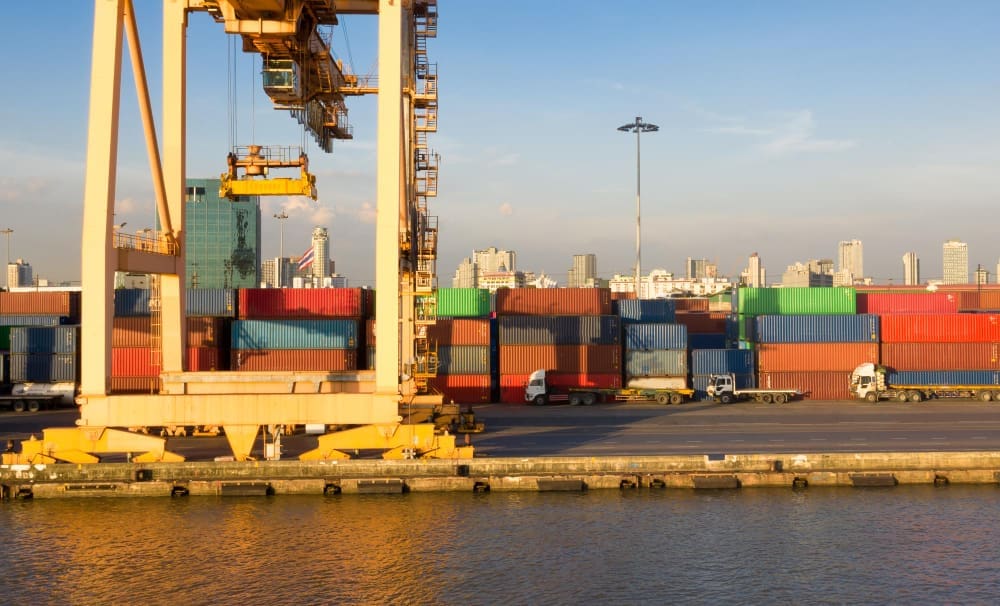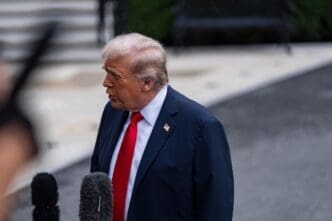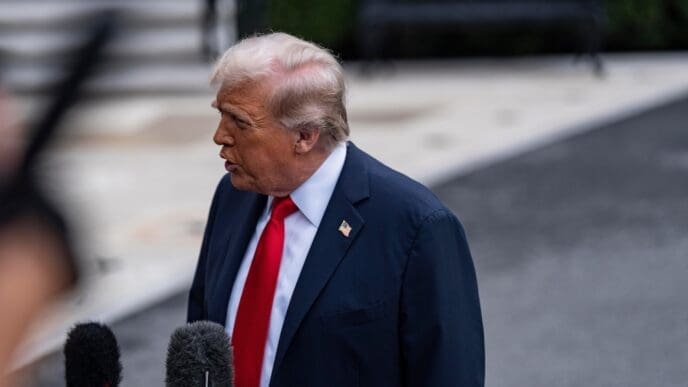WASHINGTON – With just hours to go before a self-imposed August 1 deadline, the Trump administration late Thursday unveiled a sweeping and complex new tariff regime that sets specific import tax rates for nearly every country in the world, solidifying the president’s extreme break with decades of American free-trade policy.
The new plan establishes a multi-tiered system that raises tariffs on the vast majority of goods America imports, even from the handful of countries that have recently negotiated individual trade deals. The move marks a fundamental reversal of the principles of globalization that have guided U.S. economic policy for generations, a high-stakes bet that a more protectionist stance will revive the nation’s manufacturing base.
The new tariff structure is set to be implemented on August 7 for most countries, a last-minute delay to give customs officials time to adapt. However, for America’s northern neighbor, the pain will begin immediately, with a steep new tariff on Canadian goods going into effect on Friday.
The New Global Tariff Structure
The White House announced that the “universal” tariff for goods coming into the United States will remain at 10%, the same level that was implemented on April 2. However, this lowest rate will now only apply to countries with which the U.S. has a trade surplus—meaning countries to which the United States exports more than it imports.
For the roughly 40 countries with which the United States has a trade deficit, a new tariff floor of 15% will be established. This represents a significant increase for many of these nations.
Beyond that, more than two dozen countries will face even higher rates, either because they agreed to a specific trade framework with the United States or because President Trump sent their leaders a letter dictating a higher tariff. A senior administration official said these countries have among the highest trade deficits with the United States.
The Countries Facing the Highest Rates
The White House identified 26 countries whose goods will be subjected to U.S. tariffs greater than 15%. The list includes a wide range of nations, with some of the highest rates reserved for:
- Syria: 41%
- Myanmar and Laos: 40%
- Switzerland: 39%
- Iraq and Serbia: 35%
- Algeria, Bosnia and Herzegovina, and South Africa: 30%
Notably, key trading partners like India (25%), Taiwan (20%), and Vietnam (20%) will also face significant new levies.
In addition, Canada will see the tariff on its non-exempt goods jump from 25% to 35% effective Friday at 12:01 a.m. ET. Mexico, after a last-minute conversation between President Trump and President Claudia Sheinbaum on Thursday, secured a 90-day extension of its current 25% tariff rate, avoiding a threatened hike to 30%.
Deals Prevented Even Higher Tariffs
The only major trading partners that did not see their tariff rates change on Friday were the United Kingdom, China, and Mexico. The U.K. and China have existing trade frameworks with the U.S., though the deal with China is set to expire in less than two weeks, meaning its rates could soon increase.
Several other key allies managed to negotiate deals in recent weeks that, while resulting in higher tariffs, avoided the even more punitive rates they had been threatened with. The European Union, which had been facing a potential 30% tariff, secured a deal for a 15% rate on most goods. South Korea and Japan will be taxed at the same 15% rate. It is important to note, however, that this is still a significant increase from the 10% rate these countries have been paying since April.
A Looming Legal Battle
The entire tariff regime is operating under a cloud of profound legal uncertainty. President Trump has cited the International Emergency Economic Powers Act (IEEPA) to impose these country-specific tariffs, a move that is being actively challenged in federal court.
In May, the Court of International Trade found that Trump had overreached his legal authority. During oral arguments for the administration’s appeal on Thursday, a panel of judges appeared deeply skeptical of the administration’s case. Several judges questioned the unprecedented use of the IEEPA to levy tariffs, particularly because the law makes no mention of them. Judge Raymond Chen pointedly questioned the administration’s rationale for declaring a national emergency, asking, “Can the trade deficit be an extraordinary and unusual threat when we had trade deficits for decades?”
It may take weeks or even months for the appeals court to reach a verdict, and the case could ultimately be decided by the Supreme Court. Regardless of the outcome, the president has other levers he can pull to roll out new tariffs and keep many in place.
An Uncertain Future
The last-minute delay of the implementation date to August 7 is a technical one, and the president has given no indication he will pause the tariffs any further. However, his history of extending past deadlines means that everything, including the rates that were just announced, remains subject to change at a moment’s notice.
The new, higher tariffs are expected to put upward pressure on consumer prices. Inflation has remained relatively tame through the earlier tariff rounds, but that could change as these higher rates kick in. Major retailers and consumer goods companies have already warned that tariff-related price increases are underway, setting the stage for a new period of economic uncertainty for American businesses and households.














